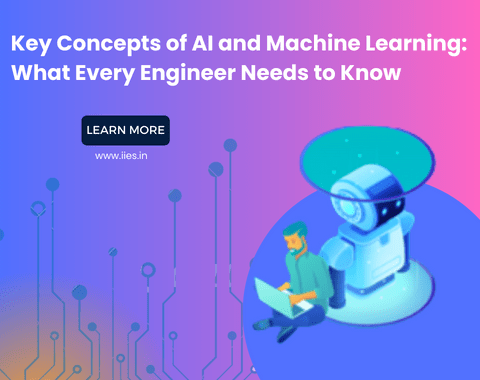Understanding Deep Learning
Deep Learning is a subset of ML that revolves around neural networks with multiple layers. It aims to mimic the human brain’s ability to process information hierarchically.
Neural Networks: Structure and Function
Interconnected nodes arranged in layers make up neural networks. Activation functions within nodes determine whether they fire, allowing the network to learn complex patterns.
Convolutional Neural Networks (CNNs)
CNNs are a type of neural network specifically designed for image processing. They excel at tasks like image classification, object detection, and facial recognition.
Recurrent Neural Networks (RNNs)
RNNs are ideal for sequential data, such as natural language or time series. They possess memory, making them suitable for tasks like language generation and stock price prediction.
Key Concepts in Machine Learning
Feature Engineering and Selection
The process of feature engineering entails choosing and modifying pertinent data properties. Proper feature selection and engineering can significantly impact model accuracy.
Overfitting and Underfitting
Overfitting occurs when a model is too complex and fits the training data perfectly but fails to generalize to new data. Underfitting, on the other hand, happens when a model is too simplistic and cannot capture the underlying patterns.
Evaluation Metrics
Measuring the performance of ML models requires a set of evaluation metrics, including accuracy, precision, recall, F1-score, and ROC curves. These metrics help engineers assess model effectiveness.
Cross-Validation Techniques
Cross-validation is a crucial step in model assessment. Techniques like k-fold cross-validation help ensure that a model’s performance is robust and not dependent on a specific dataset split.
Supervised Learning
Delving into Supervised Learning
Supervised Learning involves training models using labeled data, where the input and corresponding output are known. Engineers use this approach for tasks like image recognition, speech recognition, and sentiment analysis.
Training, Testing, and Validation
To evaluate the performance of a supervised learning model, data is typically divided into training, testing, and validation sets. This separation ensures unbiased assessments.
Regression vs. Classification Problems
Supervised Learning can be further categorized into regression (predicting continuous values) and classification (categorizing data into classes) problems. Understanding the nature of the problem is crucial for selecting the right algorithm.
Case Study: Predictive Maintenance
Imagine a scenario where engineers use supervised learning to predict equipment failures in a manufacturing plant. By analyzing historical data, they can schedule maintenance proactively, reducing downtime and costs.
Unsupervised Learning
Introduction to Unsupervised Learning
Unsupervised Learning explores patterns within unlabeled data. Similar data points are grouped together using clustering methods, whilst complicated data is made simpler by dimensionality reduction techniques.
Clustering Algorithms
K-means clustering, hierarchical clustering, and DBSCAN are examples of algorithms used in clustering tasks. These techniques are valuable for customer segmentation and anomaly detection.
Dimensionality Reduction
High-dimensional data can be challenging to work with. Principal Component Analysis (PCA) is a dimensionality reduction technique that simplifies data while preserving important information.
Real-World Examples
Unsupervised Learning finds applications in recommendation systems (e.g., Netflix movie recommendations), fraud detection, and image compression.
Reinforcement Learning
Understanding Reinforcement Learning
Reinforcement Learning is inspired by behavioral psychology. It involves an agent interacting with an environment, and taking actions to maximize cumulative rewards.
Markov Decision Processes (MDPs)
MDPs are the mathematical framework behind reinforcement learning. They define the structure of problems and help agents make decisions.
Exploration vs. Exploitation
Reinforcement learning agents face a trade-off
between exploring new actions and exploiting known actions. Striking the right balance is crucial for learning effectively.
Success Stories in Gaming and Robotics
Reinforcement Learning has led to breakthroughs in gaming, with AI agents mastering games like Go and Dota 2. In robotics, it enables robots to learn tasks like walking and manipulation autonomously.

